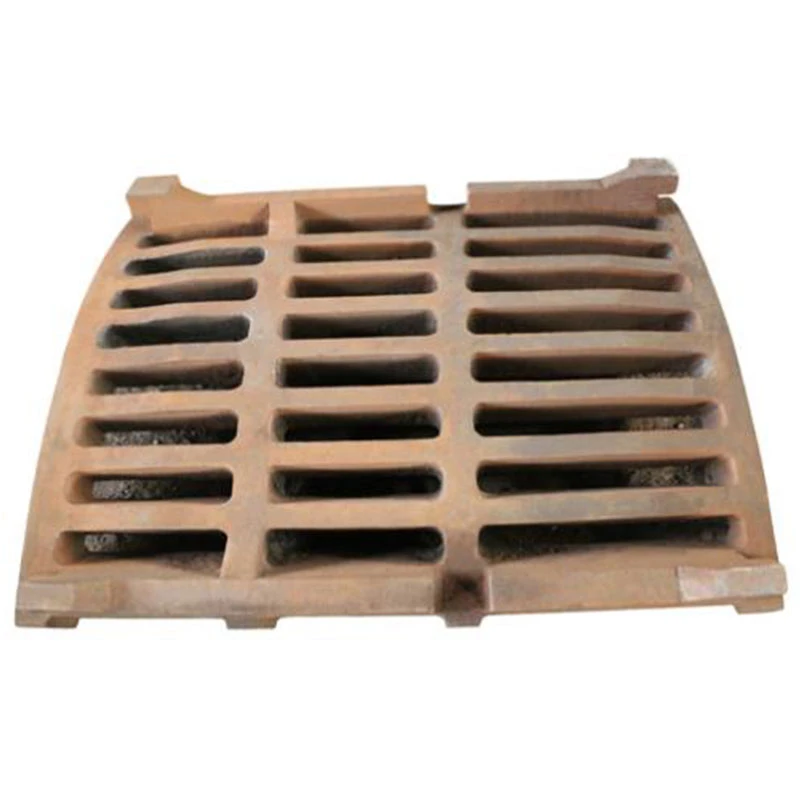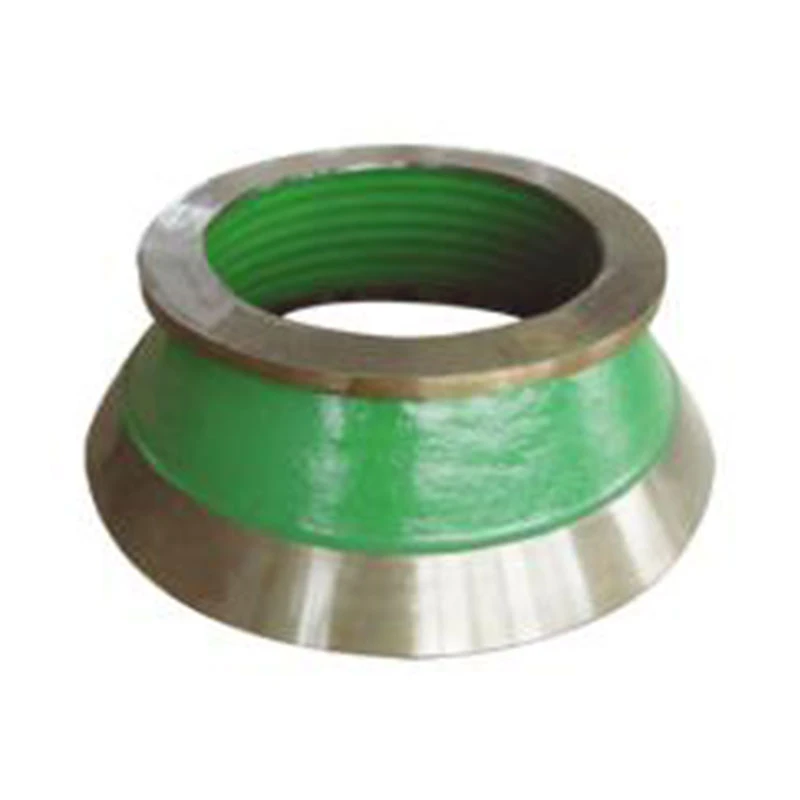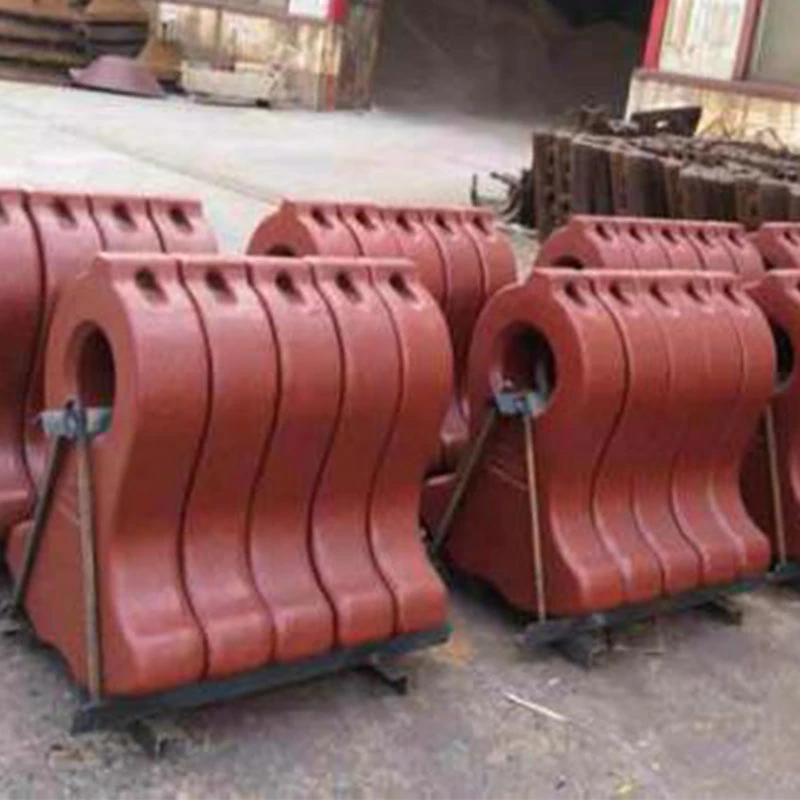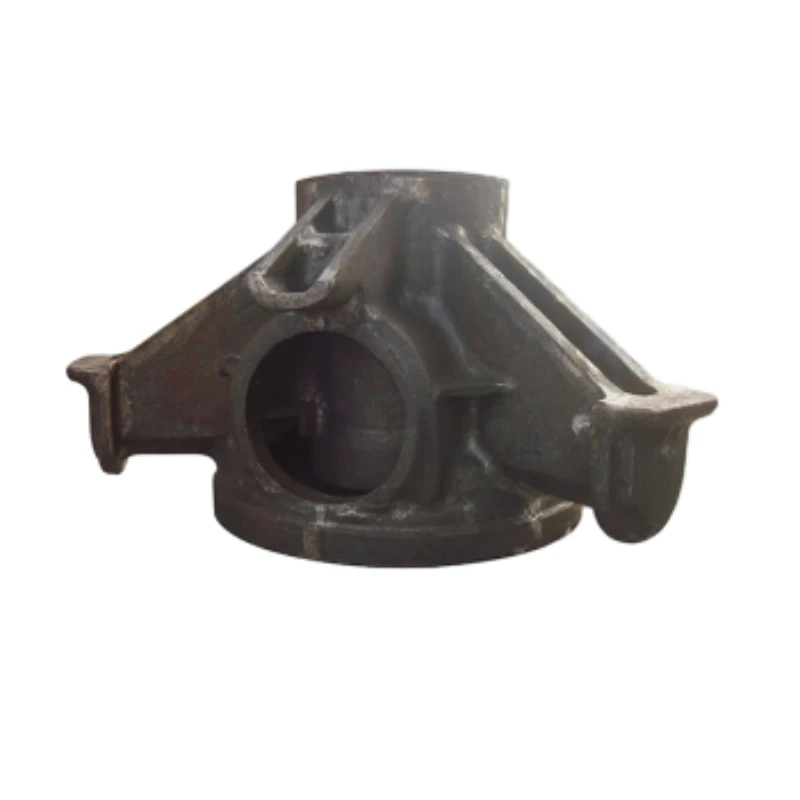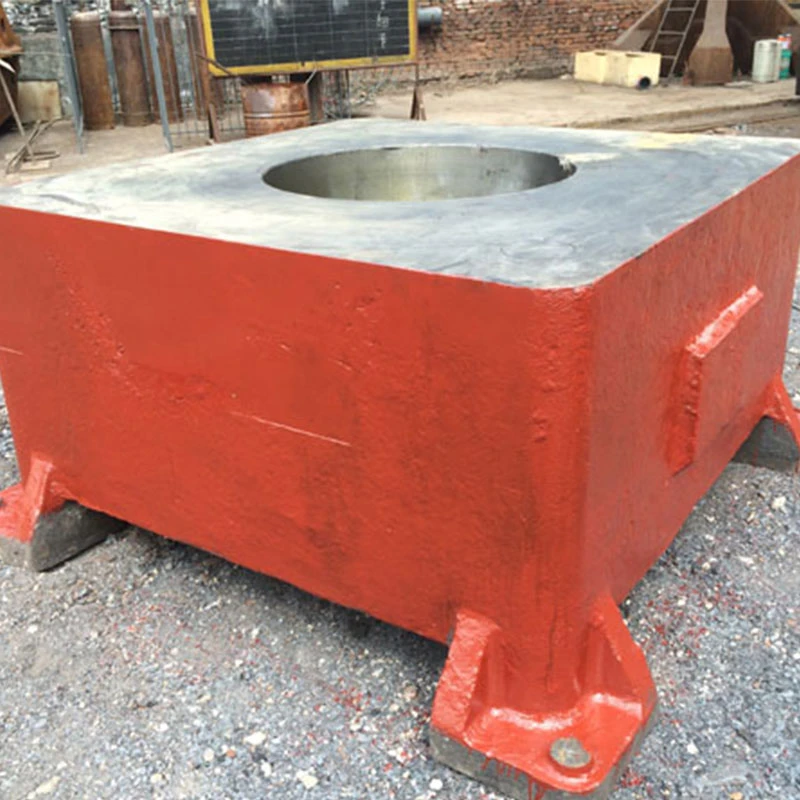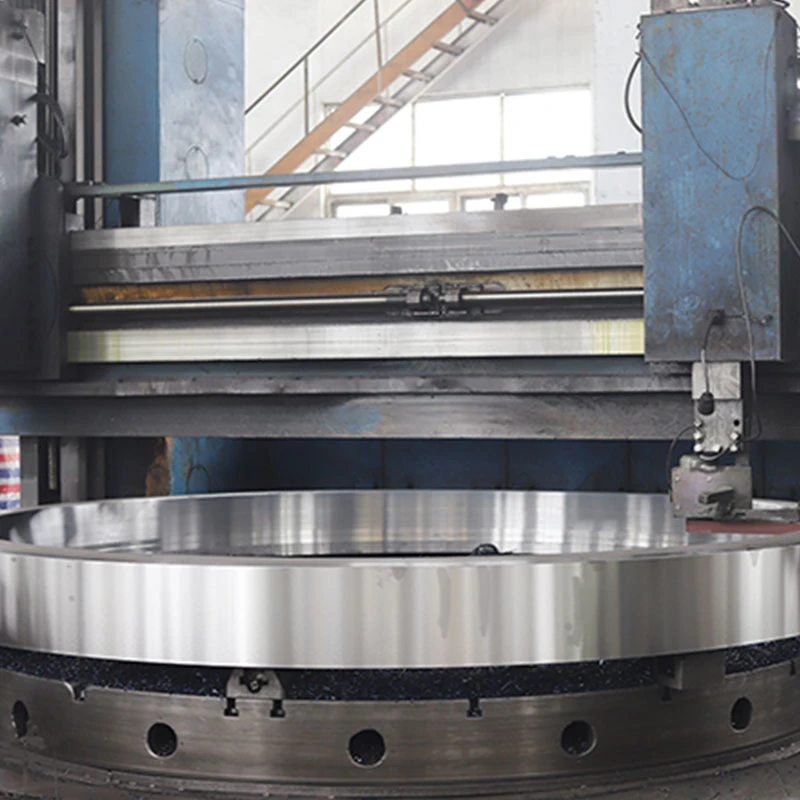- Afrikaans
- Albanian
- Amharic
- Arabic
- Armenian
- Azerbaijani
- Basque
- Bengali
- China
- China (Taiwan)
- Czech
- Danish
- Dutch
- English
- French
- German
- Greek
- Gujarati
- Haitian Creole
- hausa
- Miao
- Hungarian
- igbo
- Indonesian
- Italian
- Japanese
- Javanese
- Rwandese
- Korean
- Kyrgyz
- Lao
- Lithuanian
- Luxembourgish
- Macedonian
- Malgashi
- Malay
- Mongolian
- Myanmar
- Nepali
- Norwegian
- Persian
- Polish
- Portuguese
- Punjabi
- Russian
- Spanish
- Swahili
- Swedish
- Telugu
- Vietnamese
Jun . 26, 2025 14:16 Back to list
Bearing Chock Design Optimization for Rolling Mills
In heavy-duty metal processing, bearing chock systems form the backbone of rolling mill operations. Optimizing these components ensures precision, durability, and cost-efficiency for bulk industrial buyers. This article explores advanced strategies for enhancing rolling mill chocks, focusing on backup roll chock and work roll chock configurations tailored for large-scale production.
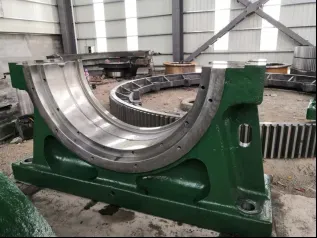
Enhancing Load Capacity with Advanced Chock Bearing Systems
Modern chock bearing assemblies are engineered to withstand extreme radial and axial forces in rolling mills. For bulk procurement, selecting bearings with hardened races and high-grade lubricant channels ensures longevity under continuous operation. Backup roll chocks benefit from split-design housings, allowing rapid replacement without dismantling entire mill stands—a critical feature for minimizing downtime in high-volume facilities.
Optimized bearing chock geometry reduces stress concentrations, particularly in work roll chock applications where thermal expansion is common. Finite element analysis (FEA) guides the design of reinforced ribs and bolt patterns, ensuring uniform load distribution. Wholesale buyers should prioritize suppliers offering standardized rolling mill chocks with modular dimensions, enabling seamless integration across multiple production lines.
Material Innovations for Durable Backup Roll Chock Components
The longevity of backup roll chocks hinges on material selection and heat treatment processes. Forged alloy steels with chromium-molybdenum coatings provide exceptional wear resistance in high-pressure environments. Bulk purchasers can reduce lifecycle costs by opting for bearing chock systems with replaceable liner plates, which protect critical surfaces from abrasive wear.
In hot rolling applications, work roll chocks require thermal management solutions such as integrated cooling channels or heat-resistant composite seals. Suppliers catering to wholesale markets often provide pre-tested chock bearing kits, combining optimized materials with precision-machined tolerances. These kits streamline inventory management while ensuring compatibility with existing mill frameworks.
Precision Alignment Strategies for Work Roll Chock Assemblies
Misalignment in work roll chocks leads to uneven strip thickness and accelerated bearing failure. Advanced alignment jigs and laser-guided calibration tools ensure rolling mill chocks maintain parallelism within 0.05mm tolerance. For bulk buyers, investing in self-aligning chock bearing designs minimizes manual adjustments during roll changes.
Hydraulic preload systems in backup roll chocks further enhance alignment stability, compensating for deflection under load. Wholesale-compatible designs incorporate standardized mounting interfaces, allowing mills to mix and match bearing chock components from multiple suppliers without compromising precision.
Predictive Maintenance for Rolling Mill Chock Longevity
Integrating IoT-enabled sensors into rolling mill chocks enables real-time monitoring of vibration, temperature, and lubrication levels. Bulk operators can deploy centralized systems to track thousands of backup roll chock and work roll chock units simultaneously, predicting failures before they disrupt production.
Vibration spectral analysis identifies early signs of chock bearing degradation, such as raceway spalling or cage distortion. Wholesale maintenance packages often include automated lubrication systems tailored for bearing chock geometries, ensuring optimal grease distribution even in high-speed applications.
FAQs:Bearing Chock
How do backup roll chocks differ from work roll chocks in load-bearing design?
Backup roll chocks handle higher radial loads and use larger bearings, while work roll chocks prioritize precision alignment and thermal stability for surface-critical products.
Can rolling mill chocks be retrofitted to older mill stands?
Yes, modular bearing chock designs with adjustable shim systems allow compatibility with legacy equipment, extending mill service life.
What coatings extend the lifespan of chock bearing components?
Tungsten carbide coatings for raceways and diamond-like carbon (DLC) films for rolling elements significantly reduce abrasive wear.
How does work roll chock alignment impact product quality?
Proper alignment ensures uniform strip thickness and prevents edge defects, crucial for high-tolerance applications like automotive steel.
What certifications should bulk buyers demand for rolling mill chocks?
ISO 9001 for manufacturing processes and ASTM E290 for material testing ensure consistent quality in high-volume purchases.
-
Low-Cost Borehole Drilling Machine for Small-Scale Projects
NewsJul.11,2025
-
Carbide Bullet Teeth for Abrasive Formations: Powering Industrial Drilling Efficiency
NewsJul.11,2025
-
Advantages of Down-the-Hole Drill Bits in Geothermal Projects
NewsJul.11,2025
-
Hole Hammer Use in Water Well Drilling
NewsJul.11,2025
-
Benefits of a Mobile Diesel Compressor in Construction
NewsJul.11,2025
-
Benefits of Diesel Portable Screw Air Compressors
NewsJul.11,2025





